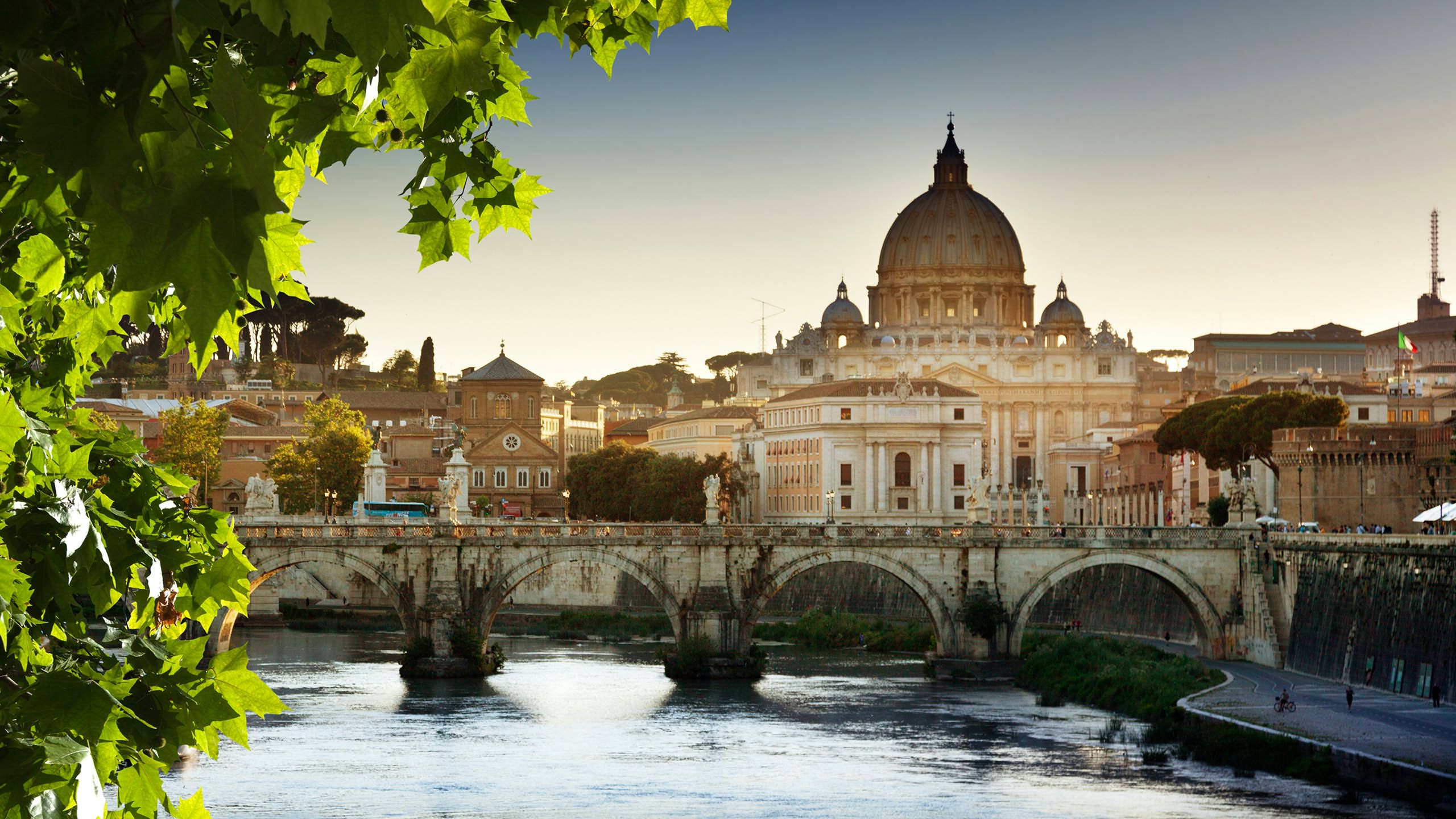Why do thousands of people every day walk along medieval paths to arrive at their final destination, on a pilgrimage that is not only religious?
Each walking two trips: one in the real world and one within himself. But let's see where this story begins the ways that lead to Rome, Santiago de Compostela and Jerusalem.
Christianity affirmed itself after the fall of the empire. The great consular roads, in decline for lack of maintenance, were traveled by Barbarians and had become dangerous. People ran the risk of being attacked and robbed and forests returned to take over the land once cultivated by the Romans.
The population abandoned the valley floor and sought to live in the hills, often around the country churches or monasteries. The monks led a rebirth: starting a new business of management of the countryside and the protection of populations around the churches. Around the churches came the 'castrum', ie small fortified castles that after a thousand AD would become ever more impressive, connected to some great monastery.
These castles were the beginning of the Italian public ‘transport’ system and were connected to each other through paths along which passed men, goods and ideas.
Christianity spread down these paths and, like all religions, brought the desire to make spiritual journeys around the symbolic locations such as the tombs of the saints: St. James, St. Peter and the Holy Sepulchre that sit in Santiago de Compostela, Rome and Jerusalem.
A dense network of medieval streets brings these three goals and two major north-south and east-west, are the main way for centuries and are traveled by millions of pilgrims, merchants, popes and emperors. Along these roads are born eateries, hospitals, inns and slowly form Europe.
And while these roads were formed to escape the fear of invasions and devastation, with the peace of the Renaissance, castles were transformed into mansions, the valleys were repopulated and a new page in the history started.
Rome is a nerve centre, not only for the tomb of St. Peter, but it is the active pulsing center of Christianity. Around the city the grid of streets is more dense and every street has its own particular message.
The ways of St. Francis and St. Benedict are medieval paths across Italy that trace the life of two great saints who have left deep traces in and out of the human soul.
The long Francigena road from Canterbury arrives in Rome and another parallel street connects the Baltic countries, Germany and Austria with Rome. To the south of Rome, the Francigena South is a dense network of medieval and Roman roads and paths connect Rome with Brindisi and then with Sicily, the ports from which they left on boats for the Holy Sepulchre in Jerusalem.
To go back to follow a path means all of a sudden to return to rediscover our roots and, ultimately, our identity. To walk silently along paths through small villages means to make two trips: one physical through territories not yet too contaminated and the other an internal tour to discover ourselves. The speed of each tour is inversely proportional to the meditation and cultural assimilation.
The program “Tutti i Cammini portano a Roma” has mapped these medieval paths of history and spirituality around Rome and offers a week's walk ending with a meeting between the pilgrims and the Pope, taking the true spirit of the inner journey to discover themselves.
Even St. Augustine wrote: "While men go to admire the peaks of the mountains, the huge waves of the sea, very broad currents of the rivers, the ocean's circumference, the orbits of the stars, they neglect themselves."
"Walker, there is no path, the path is made by walking " (Antonio Machado)









Follow us